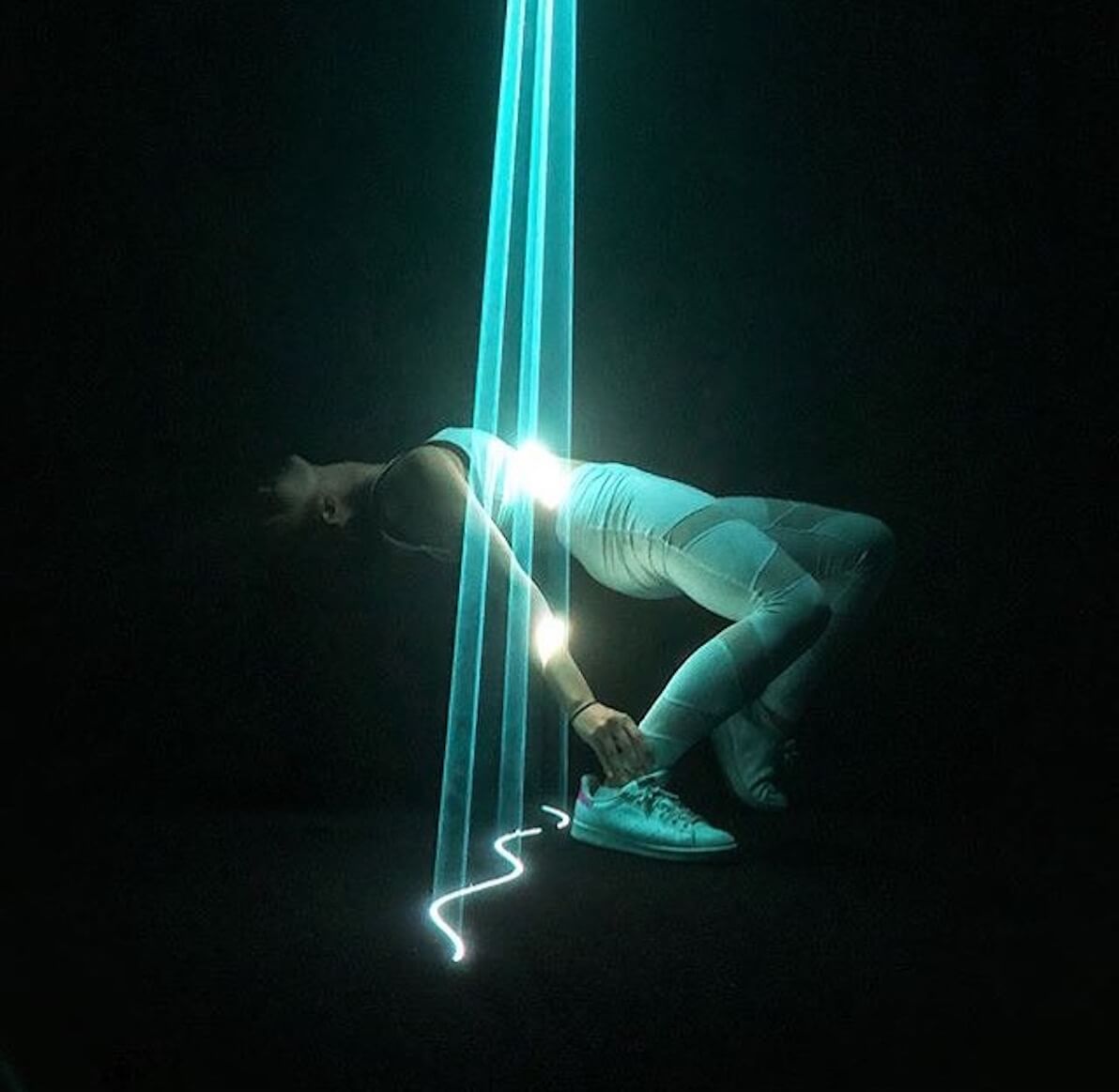Emotional Rescue
Using body-analysis technology to reveal the unspoken emotions of subjects through large-scale immersive artworks, contemporary Dutch artist Nick Verstand is turning the word “connected” into something much more meaningful.

Esper 2018 by Nick Verstand @artcentral
From the quiet reflection of AURA, which uses biosensors to deduce the emotional state of participants; to the mesmerising ANIMA, a rippling moon-like sphere which reacts to the viewers’ presence with audiovisual expressions to challenge our relationship to artificial intelligence, experiencing a Studio Nick Verstand work is to take a step into the unknown to uncover your true self.
There’s a calm and statuesque quality to the 34-year-old Dutchman, a feeling that runs throughout his otherworldly pieces. After obtaining his master’s in musical composition at the University of the Arts Utrecht, he began his career in events and DJing. It was through the latter that he discovered the kinetic relationship between DJ and audience—a shared fuel that creates the environment’s vital energy. This discovery provided the base for his installations, which, the artist explains, principally “focus on the audience experience.” The essential goal? To share a “feeling of interconnectedness” and simultaneously break down social boundaries.
Verstand’s love of music, combined with what he describes as “curious and playful exploration”, led him to create collaborative works like POLARIS (2016), a large-scale installation-cum-concert. Twenty participants in the crowd were attached with biosensors, made to gather emotional “data” in the form of brain waves, heart rate and galvanic skin response. The data was interpreted into light-based responses, which were projected onto a circular shape in the centre of the crowd. Add a backdrop of electro music and Verstand had created an art rave. Far from a passive audience, the participants weren’t just part of the installation—they were making it.
Further blurring the traditional and often “”outdated”” relationship between artist and art-viewer is AURA (2017). Featured in last year’s Dutch Design Week and in collaboration with TNO, the Dutch Institute for Applied Scientific Research, AURA is an audiovisual installation using light as a medium. Developing on POLARIS, the piece uses biosensors to collect data, which, Verstand says, “”deduced the emotional state of a person using an emotion classification algorithm””. The algorithm was then trained to “”recognise emotion more accurately by having multiple test subjects listen to a music composition””.
In reality, this is depicted by subjects lying on the floor in individual spots with cushions and headphones, with their personalised light show encircling them. And, as Verstand explains, AURA doesn’t lie: “We linked the colour of the light to the emotion experienced by the participant, and the organic movement of the light to the alpha brainwave activity, to prove the system responds in real time.” The feeling you get when you’re overcome in front of a painting or a concert? Verstand plucked the emotion seated at the core and transformed it into the art itself.
In an age of filtered-perfection, an everything-on-show approach is novel. Verstand is conscious of social media’s double-edged sword, capable of “connect [ing] a wide audience to art, but at the same time distract [ing] them from the actual experience.” The artist hopes to give people something so captivating that the essential experience is more powerful than the urge to capture it in a photo.
Creativity has long been an antidote for digital saturation, but rarely using technology itself. In ANIMA (2014), the artist employs artificial intelligence to transport viewers “”to another dimension of perception, in which they can calm down, uninterrupted by the over-stimulated outside world. In this space, they can allow their subconscious and emotions to thrive and connect to each other without the boundaries from their daily lives.””
However, Verstand warns about overestimating “”the importance of technological tricks in art,”” insisting they are “”just another medium, like paint.”” The humanity itself, not the technology is what matters: “”Technology without human interpretation and emotion is completely meaningless. In these environments we have an opportunity to confront […] what is already within […] and allow it to come out.””
And while each experience is focused on the individual, the process is collective, bringing people together to eliminate social boundaries. For the artist, “there are many more similarities in our emotional human experience” than there are differences.
And while Verstand does everything to orchestrate this self-investigation, he leaves the majority to the viewer: “”The best art leaves space for your own interpretation. You complete the piece with your memories and experiences.” Within the confines of AURA’s fluid halo, we are left to fill the void.
The most memorable reaction to one of his pieces? “”A lady entered [ANIMA] with her son and stood there for a long time watching. When I asked her what she thought of it, she shared with me that she had experienced a trauma in the past, and that during the past three years of therapy she had never smiled, until the moment she saw ANIMA. I could never dream of hoping my work would touch somebody in that way.””